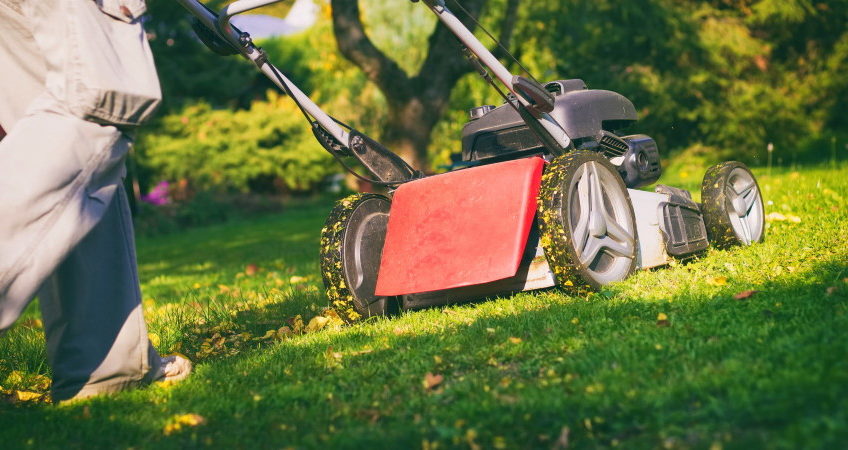As grass growth slows and the leaves start changing colors, many people begin wondering about the outside chores and yard maintenance that autumn holds. It’s important to prepare your lawn accordingly, to give your grass the best chance for making it through the winter, while also giving yourself a head-start on the spring cleaning. While you’ll obviously know when fall is on the way, there are some key signs that you should look out for in order to best prepare for the time when your grass stops growing.
- Time Between Mowing: When you find it necessary to mow the grass just once a month, this is a good indicator that growth is slowing rapidly.
- Falling Leaves: You should definitely continue mowing the grass, even when the trees are shedding their leaves, as mowing over them is a great mulching technique. By the time the trees have lost about 50% of their leaves, grass growth will have slowed noticeably.
- Frost: Most lawns will slow their growth dramatically after a few nights of hard frost, and you should never mow grass when it’s frosted over.
But, now that you can tell when grass growth is slowing, what should you do about it?
When the Grass Stops Growing in the Fall
For the most part, depending on the type in your yard, grass goes dormant and stops growing for the season when daytime temperatures regularly fall below 50°F. This will be sometime between October and December, based on where you live, and typically means you need to start preparing for winter.
Beginning a couple of weeks before the first frost, cut your grass increasingly shorter than you normally do. Stepping down the mower height has to be a gradual process, lowering it no more than one-third of the blade’s total length, so you might find yourself mowing more frequently in these periods.
Tips for the Last Time You Mow
The goal by wintertime is to have your grass somewhere around two inches tall, as this will keep your grass healthy and disease-free throughout the winter. Shorter grass is less susceptible to snow mold, tends to harbor fewer pests, and greens up in the springtime much more quickly.
Should You Stop Watering Your Grass?
Proper watering practices are especially important and talked about during the hot, dry months, but there tends to be some confusion surrounding watering the grass during the fall. So, when is the best time to stop watering the lawn in the fall? When the ground freezes.
One of the most damaging things you can do to your lawn is to stop watering it abruptly or too soon. As temperatures drop, and the days become shorter, your watering schedule is bound to change, and this fluctuation should be accounted for. But, you shouldn’t typically just stop watering.
Those living in areas that receive an inch or more of rain per week should stop watering their grass, as it is getting all that it needs from nature. Fungal diseases and mold overgrowth are more likely to take hold in overwatered lawns. However, keeping your yard properly moist throughout the fall is imperative to keeping the roots healthy and ready to return in the spring.
Final Thoughts
Believe it or not, properly caring for your lawn throughout the fall is just as important as manicuring and watering it in the summer. In fall, you’re not only focusing on nice-looking grass before winter, but you’re also preparing for a robust and healthy return in the spring. Knowing when to stop cutting your grass, and preparing for that time, can make a significant difference in how quickly the green comes back to your lawn. And, properly identifying when to stop watering it can make the difference in a healthy lawn and a moldy one.

